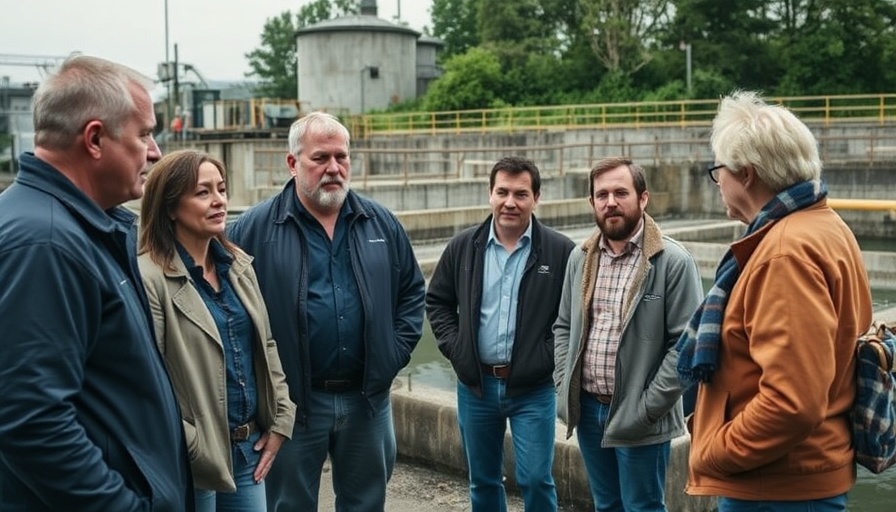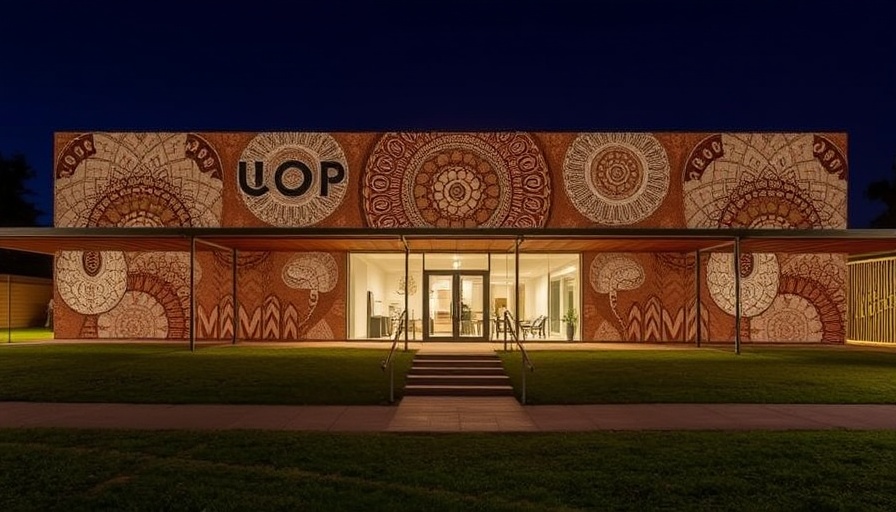
Ryan Rohlfs Takes a Stand for Justice in Architecture
In an impressive career move, Ryan Rohlfs, AIA, NCARB, WELL AP, has been appointed as the justice principal for HDR's Chicago studio. With a wealth of experience spanning nearly two decades in architecture, Rohlfs will focus on the important intersection of civic duty and designed environments that prioritize dignity and rehabilitation. His role is pivotal in a time when society increasingly recognizes the need for spaces that foster healing, education, and transformation, especially within the justice sector.
Transforming Civic Spaces for Better Outcomes
Rohlfs brings nearly a decade of specialized expertise in public sector architecture, particularly in designing facilities that shape positive human experiences. Understanding the complexities of physical spaces associated with justice and rehabilitation, he aims to create environments conducive to restorative outcomes. This focus on treatment and healing signifies a shift in design philosophy, highlighting how architecture can influence social change.
Empowering Communities Through Design
Based in HDR’s Chicago studio, Rohlfs champions a people-centric approach that aligns multidisciplinary teams to deliver tailored, data-informed designs. The emphasis on safety and security remains paramount; however, Rohlfs stresses that architecture should also cultivate positive interactions among users. This approach not only integrates the needs of various stakeholders but also enriches community engagement, fostering an environment where individuals can thrive.
A Leader in Justice Architecture
Beyond his new responsibilities at HDR, Rohlfs is actively engaged with the American Institute of Architects (AIA). He serves within the Academy of Architecture for Justice at both the national and local levels, where he collaborates with peers to advance design standards and practices that elevate justice architecture. His commitment to professional development underscores the importance of ongoing dialogue in creating built environments that meet contemporary societal needs.
Why This Appointment Matters
Rohlfs’ appointment is significant not only for HDR but also for the wider architecture community. As the justice sector grapples with pressing issues of reform, the role of architects like Rohlfs becomes increasingly critical. By designing environments that are restorative and supportive, architects can play a vital role in shaping policies and practices that promote dignity across various civic landscapes.
As we witness the transformative potential of architecture in the context of social justice, it's clear that leaders like Ryan Rohlfs are at the forefront of a necessary evolution in how we think about space and its impact on community well-being.
 Add Row
Add Row  Add
Add 






Write A Comment